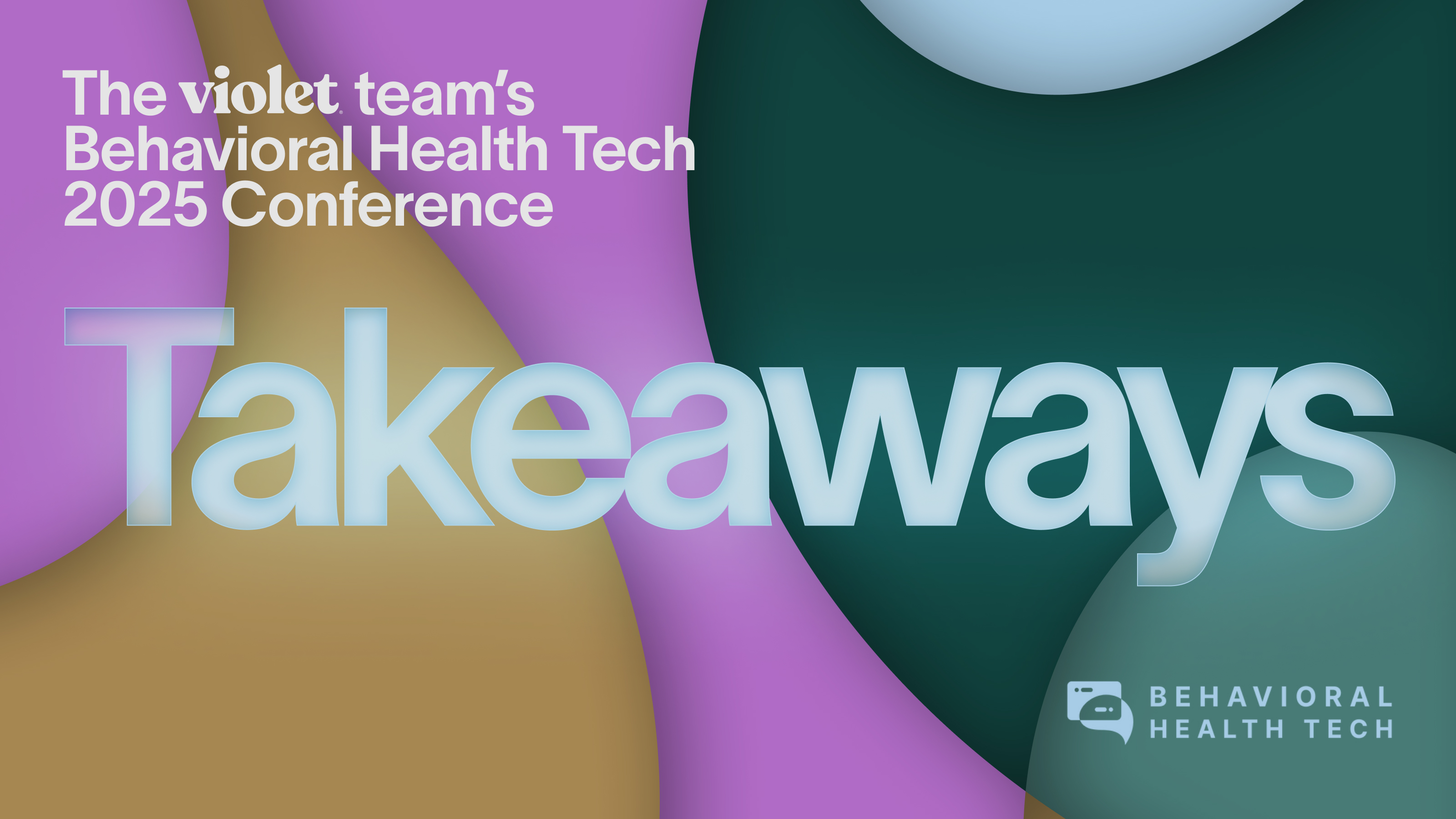Non-native English speakers need extra support to navigate the U.S. health care system. Too often, they have to rely on their own family members and friends to translate during appointments, if they’re not alone. At least my parents have me.
I grew up with parents who are non-native English speakers.
Like so many other immigrant children, I was, and still am, the translator and advocate for my parents and siblings. I did the best I could when I did not fully understand. I didn’t even have resources like Google to find guidance and answers.
I missed a lot of important information crucial to my family’s health and wellbeing: follow-up appointments, reapplying for insurance, and ordering prescriptions that needed to be refilled.
It was stressful, to say the least, but I quickly learned how to coordinate within a health system that has little to no support for non-native English speakers.
Beyond the paperwork and care coordination, what made me most nervous was when we had a doctor’s visit.
My parents would take me along to translate but I was not nearly as fluent in English as they thought I was, especially with medical terminology. I would be asked to repeatedly communicate my mother’s medical history due to the lack of interoperable systems.
I can’t express the magnitude of my relief when medical interpreters became more accessible within hospitals and clinics.
In 2018, 67.3 million people in the U.S. primarily spoke a language other than English at home so it only makes sense that resources have become prevalent. As we have grown more diverse, so has the technology and support for non-native English speakers. It started with providers using their office phones to call in translators and now it is pretty much standard to either have a tablet in each room or have one that can be rolled around with a menu of languages to easily get in touch with a medical translator.
However, though translation services are more accessible, this has not correlated with improved health outcomes across populations. I don’t want to overlook how it can support better relationship building between clinicians and patients; however, studies have shown that patients with limited English proficiency still experience higher rates of medical errors.
There is still room for improvement and steps that can be made today.
As I continue to navigate health care for my family, this is what I think doctors can do to begin to provide better care for non-native English speakers:
1. Make sure that your health care staff accommodates non-native English speakers from the beginning of their experience.
- Oftentimes, translators are only available during the actual doctor’s visit. Make sure the front-end staff or community health workers are also fluent in the languages your patient populations are most comfortable speaking.
- We know clinicians have limited time with patients, but this also highlights the need to hire clinical staff and community health workers who can support culturally sensitive health care settings.
- Partner with community-based organizations that are also engaging with different populations. This is key in supporting the holistic health and well-being of patients. A health care encounter is just one part of someone’s experience. Community matters—it is the main influence in someone’s life: it is familiar, it speaks the same language, and it can authentically address issues in ways that are culturally appropriate.
2. Engage with patients using an interpreter when alone or with a family member or friend present.
- Having a family member or friend present may support patients, or not. Ask if they would like for them to stay, and if they agree, ask about their relationship, what they hope for the outcome, and what support they may be able to provide.
3. Build rapport with the patient and their entire care team, including family and friends.
- Community is important across cultures. Tap into community-level resources and understand where you can get support within that network. A person’s lived experience is interwoven with cultural implications that may have a large emphasis on involving the community for healing.
4. Consider enrolling in training, especially continuing education courses, that can help you support culturally diverse patients.
- Consider reviewing the AHRQ guide for improving patient safety systems for patients with limited English proficiency.
- Also, consider engaging with the AHRQ Health Literacy Team STEPPS Limited English Proficiency Modules which is designed to help you in creating a custom plan for your staff.
5. Review your communications and outreach efforts for patients.
- Make sure materials are printed and distributed in the most common languages spoken by your patient population. Also, keep in mind that direct translation, such as Google Translate, is not the best way to diversify materials. Materials should be translated by native speakers who can speak authentically and can resonate and communicate effectively, and correctly.
- Incorporate images into communication materials, including survey feedback. It is often overlooked that many non-native English speakers may not be literate in their primary spoken language. Adding images can help communicate just as well as the written language.
6. Make sure to engage non-native English speakers in data collection.
- As mentioned earlier, many medical errors occur among those with limited English proficiency. Being able to identify and decrease disparities across populations can only happen with better demographic data. Engage your patients in data collection when possible.
These tips are just the beginning of building inclusion and accommodation for non-native English speakers. Until we can see the diversity of the U.S. population reflected and honored by our health care system, clinicians can take actionable steps to negate discrimination and the worst health outcomes. I hope these changes can help people, like my younger self and family, feel a little less intimidated and better supported throughout their care journeys.

.svg)





.png)



.png)

.svg)



.svg)

